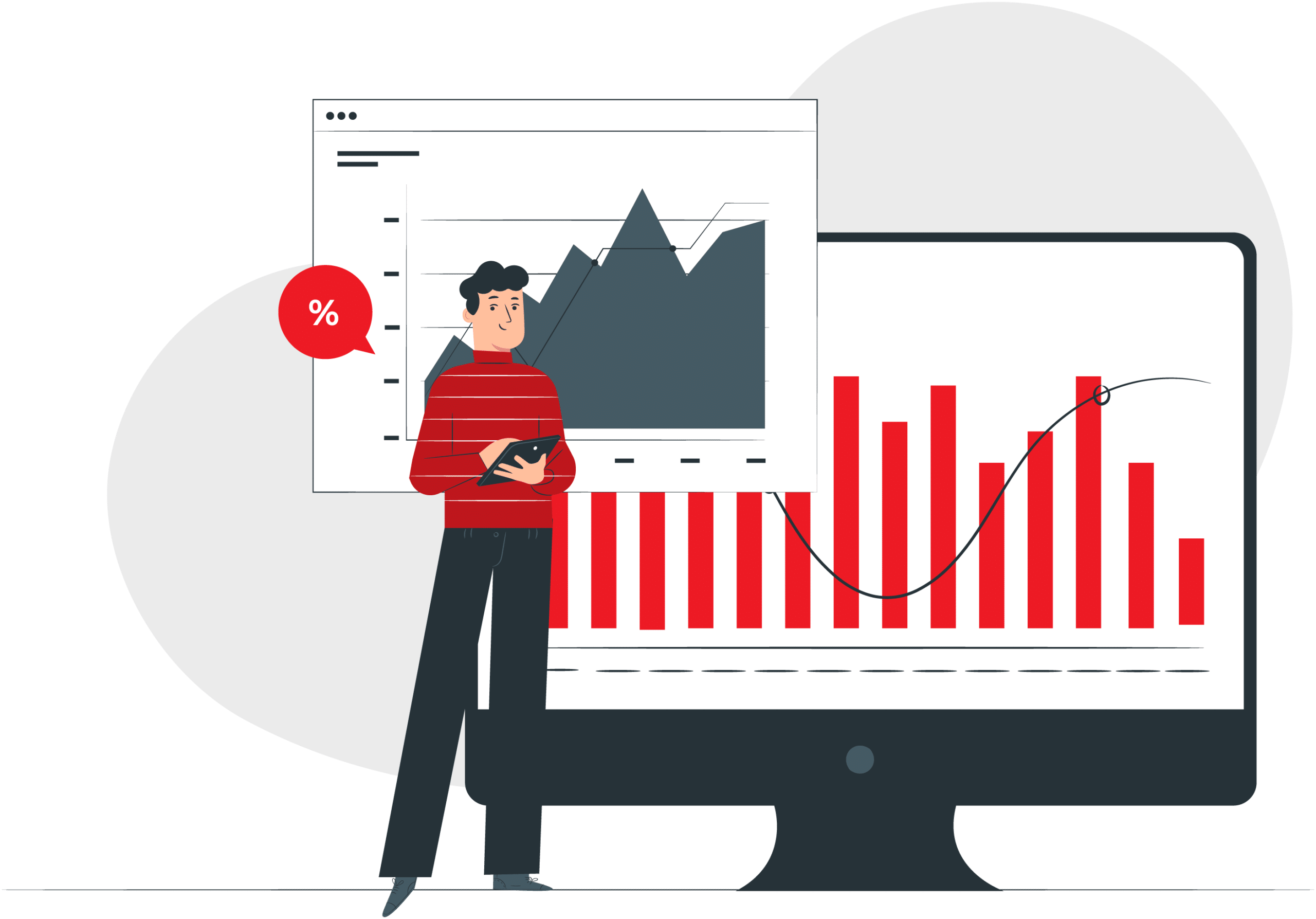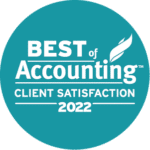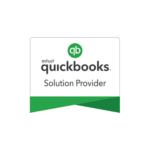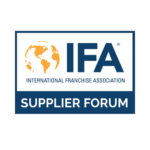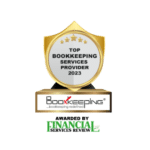In a 2018 study, researchers surveyed people whose business failed within five years. 65% of these ex-business owners cite one critical mistake: mismanaging their finances.
These finance troubles weren’t because they squandered their money foolishly. Instead, these novice entrepreneurs had no experience tracking financial information at scale.
Moreover, they didn’t know how to read financial statements and come to useful conclusions. Fortunately, this is an avoidable mistake.
It takes years of professional training to become a certified accountant. But, it only takes a few days of focused study to master the basics. One basic accounting skill is learning how to read financial statements.
While financial statements seem daunting, they’re more straightforward than they look. In fact, if you can read a nutrition label, you can learn to read a financial document.
In this piece, we’ll summarize the basic parts of a financial document. You’ll familiarize yourself with four types of financial statements. These documents are:
- Balance Sheet
- Income Statements
- Cash Flow Statements
- Share Holder Equity
We’ll unpack the purpose and key segments of each document type. Then, you’ll learn how to analyze what you’ve read. Finally, you can use financial information to your business’ advantage.
Financial Statements: Components
All financial documents have four basic parts. These components form the document’s structure. These statement parts are:
- MD&A narrative
- information grid
- ratios and calculations
- footnotes
Each component conveys a key set of information. All information is relevant to a company’s finances.
MD&A Narrative
MD&A is an acronym for “Management’s Discussion and Analysis.” This is a narrative from the viewpoint of management. It describes the financial conduct and achievement of the company, as well as the company’s condition.
In the MD&A, managers analyze both the financial condition of the company and the results of its operations. The SEC mandates a company disclose the MD&A. This segment must include information about trends and events likely to impact the bottom line.
Information Grid
The information grid is the primary section of three of these four financial documents. Balance sheets, income statements, and cash flow statements convey quantitative financial information within the information grid.
An information grid has a heading. It is primarily comprised of rows and columns. You read a grid-like a list or spreadsheet.
Ratios and Calculations
Ratios and calculations convey a basic quantitative analysis of the information. They explain how different pieces of financial information affect each other. Ratios
Ratios convey the relative value of two quantities. You’ll often see some of these ratios in a financial document:
- ROI ratios
- liquidity ratios (current, quick)
- operating ratios (inventory turnover, accounts receiveable)
- leverage ratios (debt to equity, fixed to worth, etc.)
Ratios improve your business analysis. Some ratios are the result of calculations. Calculations
Calculations are equations that enable financiers to parse information. The result of a calculation can lead you to useful conclusions. Financial documents will often calculate:
- Gross Profit Margin
- Operating Profit Margin
- Net Profit Margin
When you calculate a profit margin, you learn if your revenue exceeds your costs. You also learn to what degree it exceeds your costs. Various margin calculations convey this difference in distinct contexts.
Footnotes
Footnotes convey clarifying information. They also note limitations and specifications on broad statements. Footnotes can contain information about:
- income tax deferment
- accounting policies and practices
- stock options
Accountants print footnotes at the bottom of a page. Typically they refer to an in-line citation, which is marked with a number or symbol.
A Note on Journal Entries
Businesses derive financial statements from journal entries. Journal entries are daily notes.
A business records all transactions in a general ledger every day. These records are the heart of bookkeeping. Each journal entry notes the following, per transaction:
- transaction date
- description
- transaction amount
- affected accounts
Sales, rent payments, unexpected losses: enter every single transaction. Accurate, comprehensive journal entries are the key to creating useful financial statements.
Financial Statement Examples
This guide describes the purpose, process, and structure of common financial statements. But, it can be useful to examine financial statement examples.
Fortunately, the United States’ Small Business Administration can help. The SBA sponsored a non-profit, SCORE, which maintains a library. It contains business document examples and templates.
You can find examples of every document we discuss. SCORE’s search is comprehensive. SCORE empowers small and independent businesses with resources and mentorship.
Balance Sheets
A balance sheet is a bird’s-eye image of your company’s finances. It conveys a company’s assets, its liabilities, and any equity left over.
A balance sheet is a statement of financial position. Most companies compose a balance sheet every quarter and every year.
How to Read a Balance Sheet
Learning how to read a balance sheet is similar to reading a spreadsheet. It gives you a summary of a business’s finances at a glance. It’s broken into two parts: assets and liabilities.
A balance sheet’s assets show how much money the business has taken in total. The liabilities section demarcates the business’ total debts.
Bookkeepers list assets and liabilities in order of their utility. When you read a balance sheet from top to bottom, you gain the most critical information first.
A balance sheet’s bottom line tells you the current ratio. This equation takes your total assets and divides them by your liabilities. This tells you whether a business can pay all debts in twelve months.
Assets
List assets by how liquid they are. That is, list assets in order of how soon you can turn them into cash. Cash is money you can spend to maintain expenses, pay off debts, or purchase new assets.
Assets are not undifferentiated. A balance sheet divides assets into three categories:
- current
- non-current
- natural resources
List current assets first, as you can cash them with relative ease. Non-current assets and natural resources typically require over one year to become cash. Current Assets
Business owners expect current assets to turn into cash within one year. There are five common types of current assets.
The first is inventory. These are the goods a business sells. Inventory converts to cash when you sell it.
The second type is prepaid expenses. These are goods or services that a business has already commissioned.
Even though prepaid expenses are assets, a business only sees the value of this asset over time. Insurance is a common prepaid expense.
The third current asset category is cash and cash equivalents. Cash equivalents are unique documents that work like cash. T-bills and bank CDs are cash equivalents.
U.S. Government T-bills note the government’s debt obligation to the bill holder. The Treasury Department backs this debt.
Bank CDs are certificates of deposit. These guarantee a rate of return in exchange for leaving a lump sum banked for a set period of time.
The fourth type of current asset is an investment. Investments are typically stocks or bonds. Only short-term investments are bonds.
Finally, accounts receivable are current assets. These are debts other entities owe to the business.
Money from a debtor in the process of paying their account is a current asset. While this is similar to accounts receivable, it’s not identical. When money is transitioning from one account to another, this is money-in-transit. Non-Current Assets
Non-current assets cannot be sold or converted into cash within a year. Non-current assets are long-term, fixed assets. These assets are tangible or intangible.
Tangible assets are physical. Property (real estate), plant, and equipment resources (PP&E) are tangible assets.
Intangible assets are non-physical. Intellectual property, Goodwill, patents, and long-term investments are all intangible assets. Natural Resources
Natural resources are derived from the Earth. They’re resources connected to the land.
These resources can be renewable, like a river. They can also be non-renewable, like coal. Natural resources require labor and equipment to make the resource useful.
Liabilities
List liabilities based on due dates. List the debts owed soonest, first.
Liabilities are all of a company’s financial responsibilities. This includes debts and all other financial obligations. Financial obligations may include:
- wages owed for work done
- lease obligations
- accounts payable (for anything you’ve purchased on credit)
- taxes owed
- loans you need to pay back within one year
You can categorize liabilities into short-term and long-term obligations. This can give you the gist of a sensible repayment schedule.
Shareholder Equity
Equity is the value of the company. It is a total. Subtract the liabilities from the assets to get the shareholder equity value.
Balance Sheet: Practical Uses
A balance sheet enables comparisons between quarters or years. You’ll see how your business is doing over time. This lets you predict future changes, and you can adjust your business plan based on these predictions.
You can also recognize current assets and liabilities intuitively. This lets you stay on track to make payments.
Income Statements
An income statement is a profit and loss statement. Some financiers abbreviate incomes statements as “P&Ls.”
Business leaders use the terms “net income statement” and “statement of earnings” interchangeably. Both are income statements.
This document shows how profitable a business was within a set time period. The time period can be a single month, a quarter, or even several years.
How to Read an Income Statement
Let’s unpack how to read an income statement. Like the balance sheet, you read an income statement like a list. You read from the top down.
An income statement is a list of rows. These rows are divided into two columns.
The rows are segmented into four sections. The income statement’s four sections are:
- revenue (net sales)
- gross profit
- cost of sales
- operating expenses (SG&A)
- net profit (bottom line)
Each section notes revenue, earnings, and expenditures. Ultimately, an income statement tells you how much money the business has to work with at the end of the time frame. It also conveys whether or not the business is in the red.
Revenue (Net Sales)
This is the top line. The first section of a P&L document notes a business’ total sales or its gross revenue.
This is all the money that the business earned within the time period. After this top line, all subsequent sections subtract money. The bottom line, the net profit. It shows what’s left.
The top line conveys useful information. Increasing net sales is critical if you want to increase net profit.
Cost of Sales
The second section lists expenses inherent to sales. As sales increase, so do these costs.
When a business sells tangible products, this section notes the cost of goods sold (COGS). These are expenses related to the production and distribution of goods: raw materials, manufacturing, labor costs, warehousing, or shipping.
A service-oriented business also has expenses inherent to sales. This business would list the cost of:
- wages
- tools necessary to perform the service
- any liability insurance purchased per sale
The bottom line of this section is the total cost of sales. Use this bottom line to calculate gross profit.
Gross Profit
Subtract the total cost of sales from the top line (revenue). This is the gross profit.
Operating Expenses (SG&A)
Operating expenses are not directly linked to sales. Increased sales do not directly increase operating expenses.
Instead, these are costs inherent to selling, general business, and administration. The marketing team’s salary and their payroll taxes are sales expenses. So is the advertising budget.
General expenses are items like rent, utilities, and office supplies. Administrative expenses are IT staff wages, consultant fees, and executive salaries. Interest Expense and Income Tax
Some financiers lump interest expenses and income taxes in with operating expenses. But, technically, you should calculate these after subtracting operating expenses from the gross profit.
Interest expenses are interest payments made on loans. Income tax is a return mandated by federal and state governments.
Net Profit (Bottom Line)
Net profit conveys the total profit a company brought in. You learn the bottom line after you subtract all expenses from the original net sales.
P&L Sheet: Practical Uses
Businesses use income statements to calculate their profit margins. Profit margins pare down information into two percentages.
Gross profit margin demonstrates how much money a company makes for every dollar it spends. Operating profit margin is the percentage a business gets to keep of each dollar it earns.
The Small Business Administration published a guide to calculate profit margins from income statements. Many spreadsheet programs, like Excel, can calculate these margins automatically.
Cash Flow Statements
These documents show how much cash (useable money) your business received and spent within a set period of time. A business records each monetary receipt and expenditure during that time period in a separate row.
Losses that don’t require you to spend money directly aren’t counted against cash flow. Asset depreciation doesn’t impact cash flow, so don’t record it here.
Ultimately, a business creates its cash flow statements from income statements and balance sheets. Accurate income and balance documentation lead to useable cash flow statements.
How to Read a Cash Flow Statement
It’s easy to learn how to read a cash flow statement. Structure a cash flow statement like a list. You read it from top to bottom.
The statement is a list of rows. The list is divided into three sub-sections. Each row notes cash received or cash paid.
So, for example, your business receives cash for every sale. But, you pay cash every time you make a payment on a loan. These are both line items on a cash flow statement.
Each row is divided into two columns. The left-hand column names the specific expense or income. The right-hand column notes the numerical income or expense in USD.
Businesses will note expenses in parentheses. They may note expenses in red, while income is black. You’ll subtract expenses from the total.
Creating a Cash Flow Statement
When you create a cash flow statement, you’ll begin with the heading, top line, and bottom line. The top line is how much cash you began with at the start of the time period. Your bottom line is how much cash you have at the end.
Then, you will break information into three middle segments. These are the three primary ways your business receives and spends money. The segments are:
- Cash Flow from Operations
- Cash Flow from Investing Activities
- Cash Flow from Financing Activities
Each of these segments begins with a row that titles that segment. The title row has no numerical information on the right-hand side.
Heading and Top Line
Cash Flow Statements can record cash flow over the course of a month, a quarter, a year, or more than a year. The Cash Flow Statement’s heading states:
- the document type
- the business’ name
- the time period it records
After writing the heading, write the top line. The top line is the topmost row in the statement. It states, “Beginning Cash at_____.” Then, it notes the start date of this cash flow record.
This is in the left column. The right column of the topmost row notes the cash total your business began with on that date. Record this numerically.
Cash Flow from Operations
Operations are the tasks your business executes to get revenue. So, operations activities often make up the bulk of a small business’ cash flow.
This section begins with your net income. Take this straight from the income statement. Cash Earned
Factor all income from sales into cash flow from operations. Note any accounts receivable payments as line items in this section.
If debtors owe your business money but haven’t received it yet, do not count it towards your cash flow. Instead, subtract accounts receivable from your income. Cash Spent
Then, you would record all business expenditures under cash flow from operations. Line items might include what you spend on labor, rent, utilities, raw materials, or producing goods in a given time period.
If your business owes money but hasn’t paid it yet, the cash has not left your account in this time period. So, do not count it against your cash flow from operations. Add not-yet-aid debt back into your cash flow (net income).
Then, calculate your total net cash from operations. Subtract cash spent from cash earned. Note the sum on the bottom line of this segment.
Cash Flow from Investing Activities
A business can invest in tangible and non-tangible assets. When you spend cash on investment within a set time period, record it in this segment.
Likewise, when you liquidate an investment, record that in this segment. Liquidating an asset turns the asset into cash.
This can mean selling it, or it can mean cashing it in. Common investments for small businesses include:
- equipment
- land
- real estate
- cash equivalents (like bank CDs)
A monthly cash flow statement may not have any notable investment activities every month. Some investments are fixed, so you cannot liquidate them often.
Cash Flow from Financing Activities
Financing activities are loans, lines of credit, or investments from VCs in exchange for equity. When you make a payment on a loan or line of credit, that’s outgoing cash.
When you take out a new loan, that’s an influx of cash. New investors also bring in cash.
Cash Flow Statement: Practical Uses
In the present, cash flow statements tell you how much you have to spend. This way, you know what new expenses you can afford.
Over time, cash flow statements let you recognize cash input and output patterns. This lets you prepare for future shortages. It also helps you predict surpluses.
Lastly, these statements clarify how much cash your business has one hand. You can contrast this with revenue, which includes accounts that haven’t yet been paid. If the contrast is significant, you can adjust your operations.
Statement of Shareholder Equity
The Statement of Shareholder’s Equity is a report that enables a business to transparently to its shareholders. This financial statement records the changes to the value of stakeholders’ shares in the company.
A company has a legal obligation to report all account changes to investors. A Statement of Shareholder Equity must meet reporting guidelines mandated by the International Financial Reporting Standards (IFRS).
A business only needs to create a Statement of Shareholder Equity if it has sold equity shares. Many small businesses have never sold equity shares. So, they do not need to create a statement.
Financial Statement Expertise
Learning how to read financial statements is critical to successful bookkeeping. Mastering the basics is a solid start. But there’s always more to dig into.
If you have questions about financial documents or want help developing your own, why not talk to us? Your free consultation is only a click away.

